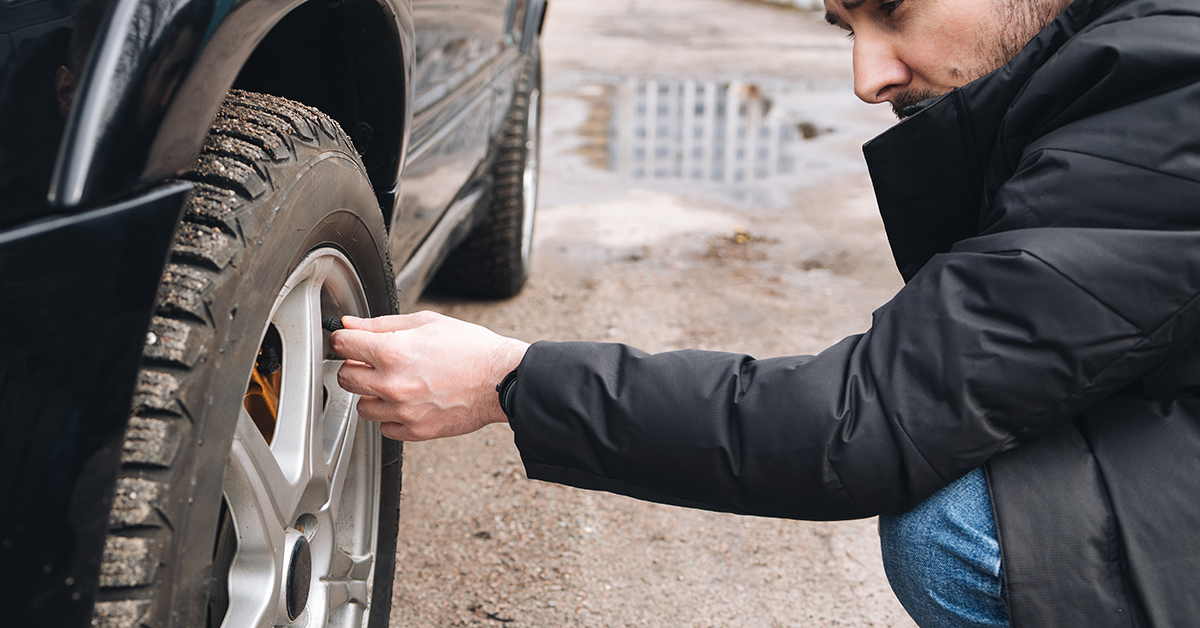Check your tires manually, especially when it's cold
Check your tires manually, especially when it's cold

When it comes to the safety and efficiency of your vehicle, tire pressure is a topic that often goes under the radar.
In recent decades, keeping track of your tire pressure has become a more automated task through in-vehicle tire pressure monitoring systems (TPMS). A study by AAA found that TPMS are generally reliable, but these systems can have limitations that not everyone is aware of.
So, why should you keep a watchful eye on your tires, and why is it crucial to check their pressure when they are cold?
“Whether in rain, sleet, snow, or dry conditions, tires are the unsung heroes of your car,” said Greg Brannon, AAA’s director of automotive engineering. “They are designed to work best when properly inflated. Our research found that the pressure monitoring systems that provide data for instrument displays or trigger the amber dashboard warning worked as intended.
Brannon pointed out that a tire can be more than 20% deflated before it triggers the dashboard warning.
"We recommend always having a dependable old-school manual pressure gauge to check (your tires) once a month," Brannon said.
The study evaluated 11 passenger vehicles from 2022 to 2024, all equipped with "direct" TPMS that employs air pressure sensors in each wheel. The results revealed that, in general, these systems were accurate, with only minor variations between displayed and actual tire pressure.
The average percentage difference ranged from 1.2% to -1.5%, depending on the location of the tire. Additionally, the amber warning TPMS light functioned as intended, illuminating when the tires were underinflated to a specific threshold.
Tire pressure tips from AAA:
To ensure the optimal performance of your vehicle and your safety on the road, AAA recommends a dual approach to tire pressure monitoring:
Regularly check displayed tire pressure. Rather than solely relying on the TPMS light, drivers should utilize the displayed tire pressures in the instrument cluster. Make sure your tires are inflated to the vehicle's recommended pressure, as indicated on the sticker inside the door jam. Remember, TPMS lights only activate when there is a severe underinflation issue, so regularly inspect your tires at each corner.
Check your tire pressure when cold. As winter approaches, it's important to understand how cold weather affects your tire pressure. Cold air is denser, causing the pressure inside your tires to drop. This can trigger the TPMS warning, so don't ignore it, even if the light goes off after driving. Always check your tire pressure when your tires are cold.
Looking for an auto shop you can trust to check your tires or replace them before the winter weather sets in. Our Approved Auto Repair network of more than 100 facilities are fully vetted, certified, and ready to help.












